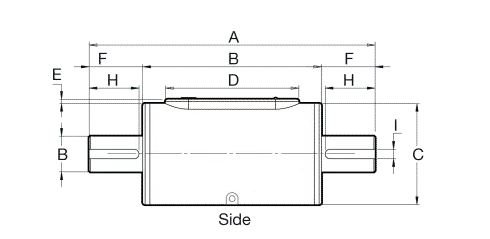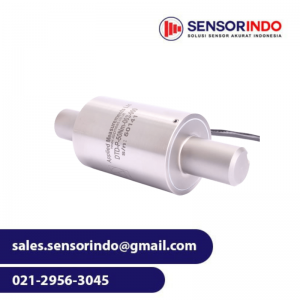Description
The latest technology Datum Electronics Series non-contact rotary Torque Sensors have been designed to fit with most applications where the measurement of accurate rotary torque and power measurements are required. The M425 Rotary Torque Sensor fits in line with the drive train or test bed, using standard keyway shafts.
The Datum M425 Rotary Torque Transducer represents a quantum leap forward for anyone looking to measure torque and power with high accuracy and repeatability using up to 24 bit resolution. The M425 torque sensors give the customer control over their tests with torque sample rates selectable at any time from 1sps up to 4000sps as standard. With rpm measurement based on up to 30 pulses per revolution, the M425 is the ideal torque transducer for measuring torque and power on any rotating shaft.
M425 Rotary Torque Sensor Range
The M425 Sensors have 14 standard torque ranges. With the high signal resolution and a wide frequency range, the M425 non-contact rotary torque sensor is ideal for measuring torque from 10 to 60,000Nm. Having a torque measurement design with an optimum length to maximise overall accuracy and give a high degree of tolerance to mounting offset, the M425 digital torque sensor is suitable for most general test rig applications, like electric motor testing, pump torque testing, gearbox texting (to name just a few).
| Torque Sensor Size | 1 | 2 | 3 | 4 | 5 | 6 |
| Torque Sensor Range: A | 0-10Nm | 0-250Nm | 0-1,000Nm | 0-5,000Nm | 0-15,000Nm | 0-30,000Nm |
| Torque Sensor Range: B | 0-20Nm | 0-500Nm | 0-2,000Nm | 0-10,000Nm | 0-20,000Nm | 0-60,000Nm |
| Torque Sensor Range: C | 0-50Nm | |||||
| Torque Sensor Range: D | 0-100Nm | |||||
| Max Shaft Speed (rpm) | 0-10,000 | 0-8,000 | 0-6,000 | 0-3,500 | 0-2,000 | 0-2000 |
A non-contact transmission system provides data directly proportional to torque. In this variant, it is supplied as a complete torque transducer with bearings to support the stator unit on the rotating shaft. It is suitable for most general test rig applications.







